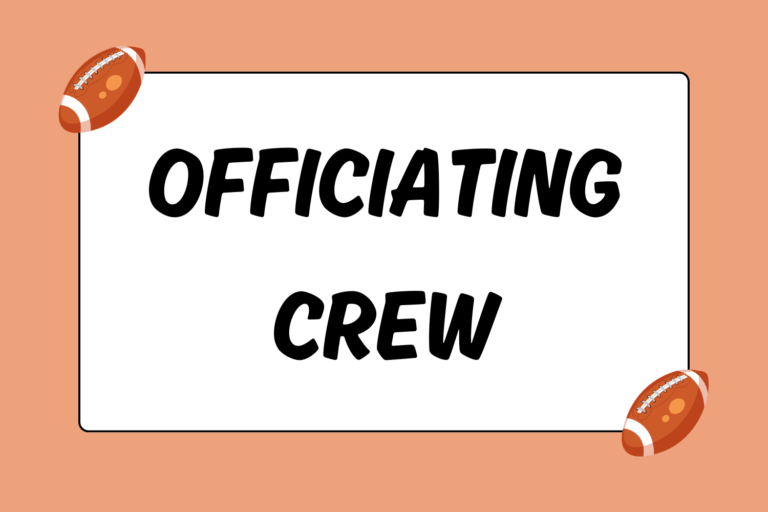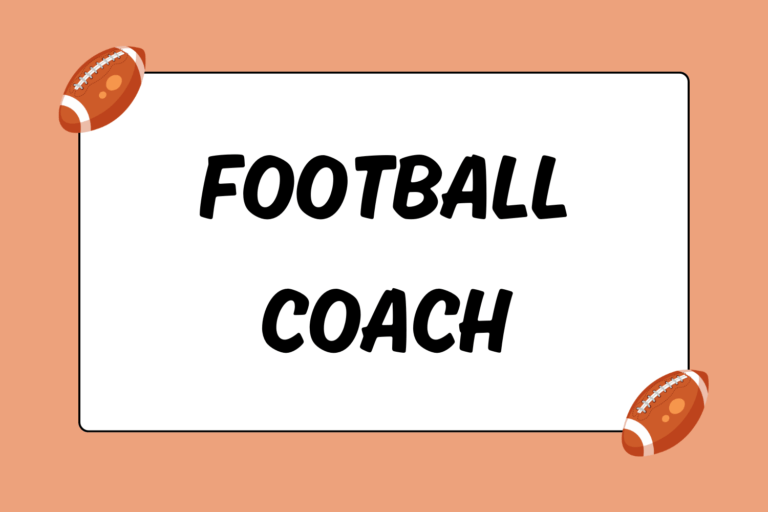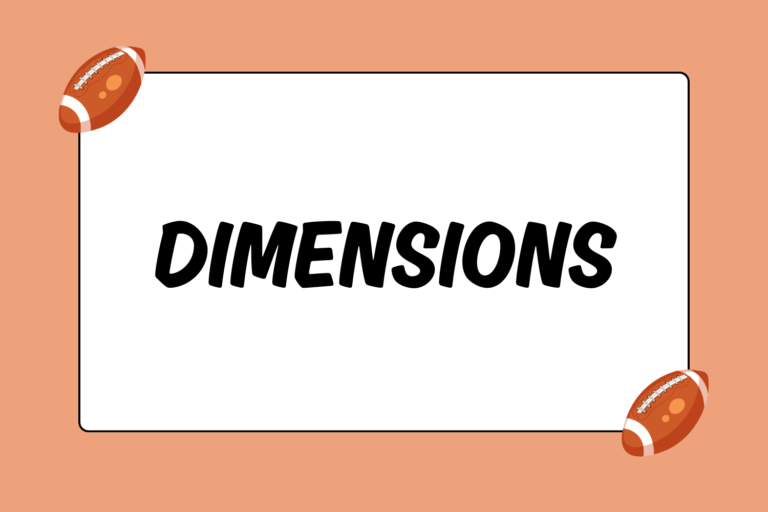With the exception of the kickoff, every play in football begins with a snap. It’s usually taken for granted; most spectators take little notice of a play until the quarterback either passes the ball downfield or hands it off to the running back. However the play develops, action of any sort relies on a successful snap, which can be more difficult than it looks. This guide identifies the two methods of snapping the football — under center and shotgun — and looks at what it takes to be successful with each technique.
Under Center Snap
“Under center” refers to the quarterback’s positioning prior to the snap. The “under” part may be a bit misleading; the quarterback (QB) is actually lined up directly behind the center, though his hands are underneath the center’s back side, waiting to take the ball from him. Here’s a breakdown of the steps involved in snapping the ball with the QB under center:
Step 1: Line Up
The center lines up in a normal 3-point stance, except that he doesn’t have a hand touching the ground. Instead, he grabs the ball by its middle, so both ends are pointing at the end zones. The front end of the ball is slightly elevated, with the back end still maintaining contact with the ground.
Step 2: Make the Snap
The QB signals for the play to start, either by calling out a code word (hut, go, etc.) or by silently communicating with the center to snap the ball (by tapping on the center’s leg, for example). When either happens, the center quickly picks up the ball, rotates it 90 degrees (so the ends are pointed towards the sidelines, not the end zones) and pushes it backwards into the QB’s hands.
Step 3: Move On
As soon as the center starts the snap motion, his non-snapping hand shoots up and out in case a defensive player attempts to get past him. The center’s first responsibility is to cleanly transfer the ball to the QB; however, his next most important responsibility is to block the closest defensive player and prevent him from getting into the back field.
Certain details regarding snap technique vary from one center to the next: How the ball is gripped, which hand snaps the ball, and where the ball is placed after it’s snapped. This last element is especially important — the center and QB should spend a good amount of time working together to figure out how to best transfer the ball, concerning the placement of both the ball and QB’s hands. But regardless of the particulars, the entire process of snapping the football should take less than half a second.
Shotgun Snap
Significantly more risky than the under center snap, the shotgun snap’s biggest advantage is that the QB receives the ball several yards behind the line of scrimmage, giving him more time to evaluate the play without having to first drop back. In effect, the center passes the ball backwards to the QB on the snap, and therein lies the trade-off: The shotgun snap gives the QB a better starting position to throw the ball, but it’s a much riskier way to secure the snap. Here’s how the shotgun snap is performed:
Step 1: Get Into Position
The center lines up just like he’s about to make an under center snap: 3-point stance, ball gripped around the middle, front point raised, back point still on the ground. Even though the QB positions himself between three and five yards back from the center, the center’s snap stance should be about the same.
Step 2: Wait for the Signal
The center surveys the defense, figuring out which player/area he’s responsible for blocking. Afterwards, he quickly looks down and backwards through his legs, watching for the QB to give the “snap” signal.
Step 3: Snap the Ball
The QB gives the signal (usually indicated by raising one foot off the ground), and the center looks back up. Then, after making sure that the defense didn’t change too much between when he first looked at them and looked back at the QB, the center snaps the ball. A good snap travels backwards at a medium speed — not lightning fast, but not taking a few seconds either — and flies towards the QB’s mid-section.
Mental Edge
Some coaches want their centers to execute a shotgun snap so that the ball spirals. Others want the ball to rotate sideways as it flies back to the QB. Both snap styles try to make the ball as catchable as possible. The preferred style of shotgun snapping, like other parts of the snap, varies from one QB to the next. At the end of the day,how the ball gets from center to QB isn’t nearly as important as actually getting the ball from the center to the QB.
A good shotgun snap is the result of muscle memory, proper snap speed, and finding the right release point. Here’s a bit more information about each of those parts:
- Muscle memory: The shotgun snap is essentially a short-distance, no-look, through-the-legs, backwards pass from the center to the QB. Most players could throw the ball backwards through their legs, but doing so quickly and accurately is a significantly harder. This technique requires ample practice until the center gets to a point where his shotgun-snap instincts are reliable.
- Snap speed: The slower the snap, the easier it is to control. But, if the snap is too slow, the ball takes too long to get to the QB. Likewise, a faster snap makes it to the QB in a timely fashion, but normally is less accurate.
- Release point: The actual mechanism of the shotgun snap is quite similar to the under center snap — the difference being that the center lets go of the ball before it hits his backside. Let go too soon, and the ball will fly low along the ground; let go too high, and it will sail over the QB’s head.
A Successful Transaction
Though it’s usually a really small part of a football play, the snap is a crucial aspect of the game. Almost every exciting play in the history of the game started with successfully getting the ball from the center to the QB. The more comfortable a center-QB duo is with each other’s snap tendencies, the more successful they’ll be at safely and quickly transferring the ball.





